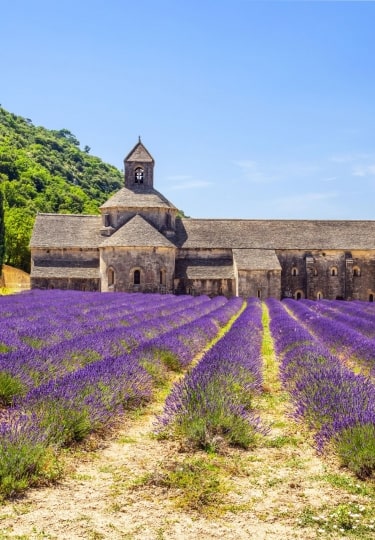One of the largest European nations both in population and landmass, France has a long and storied history. Over this time, its immense cultural legacy has traveled far beyond the confines of its own borders. The instantly recognizable Eiffel Tower, its rich culinary tradition, and even the French way of life are things of which the French people are rightly proud.
Read on to discover what France is best known for before planning a memorable trip to the country of Louis Pasteur, Victor Hugo, and bonbons.
Cuisine

France’s culinary reputation remains one of the preeminent in the world, with its flavorsome sauces, playful patisseries, stick-like bread, stinky cheese, and much, much more. What makes the French menu so extraordinary is its breadth, with everything from rustic fare to haute cuisine often a source of inspiration for much of the rest of the world.
It’s little wonder that the Michelin guide, that bible of the traveling foodie, is a French creation. It’s also not surprising that France remains the leader in Michelin stars. Its best chefs are revered as near deities, their names as familiar as pop stars.
But it’s not all about iodized reductions and trendy kelp. The French are possibly even more proud of their traditional dishes and ingredients. As such, you can find elevated dining in almost any corner of France.
Wine

Paris
While an intrinsic part of the cuisine, wine in France is a totemic element of the cultural weave and another thing France is known for.
French wine is famous for its quality, with a history as long as the finish in a sip of Chateau Margaux. There are over 200 varieties of French wine made from grapes such as Cabernet Sauvignon, Semillon, and Chardonnay. Eleven major wine regions are found throughout the country, with Bordeaux, Burgundy, and sunny Provence perhaps the most famous.
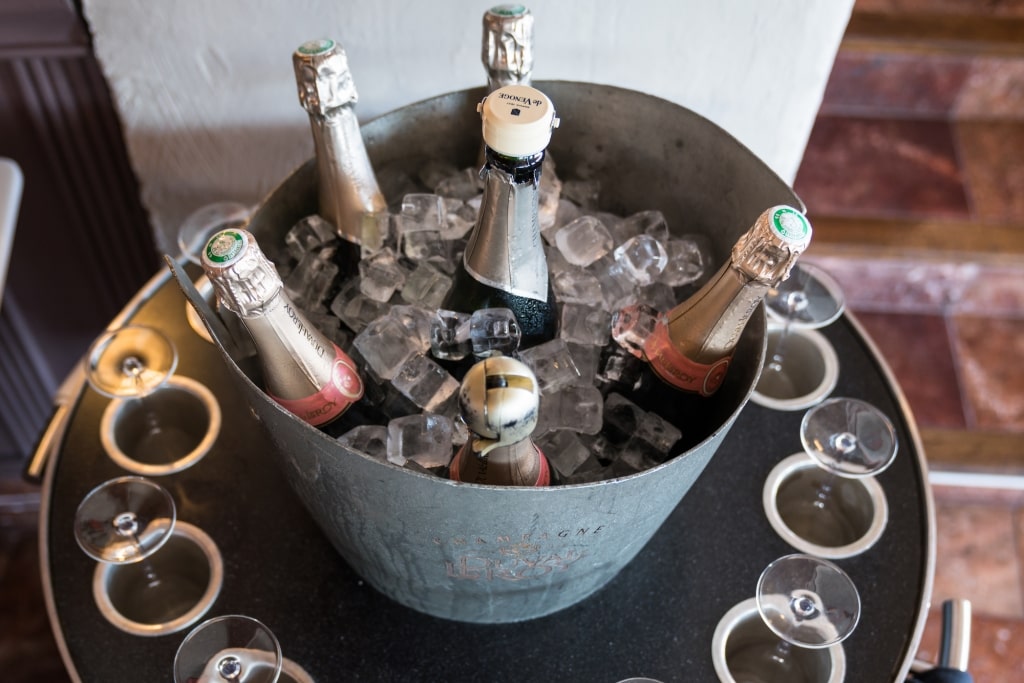
Champagne
Champagne is in a league of its own. While this sparkling wine was originally named for the region it hails from, the word champagne has, thanks to the long dominance of this effervescent French product, almost become shorthand for all types of sparkling wine.
To really understand the sense of wonder and respect that the French have towards their wine, visit somewhere like the legendary Cave Bianchi in Nice. This bottle-logged wine shop and tasting rooms have been introducing people to the very best results of French vinification since 1860. Make an appointment and delve into the dazzling sensory universe of some of the world’s finest wines.
Read: Bordeaux Wine Region Guide
Historic Towns
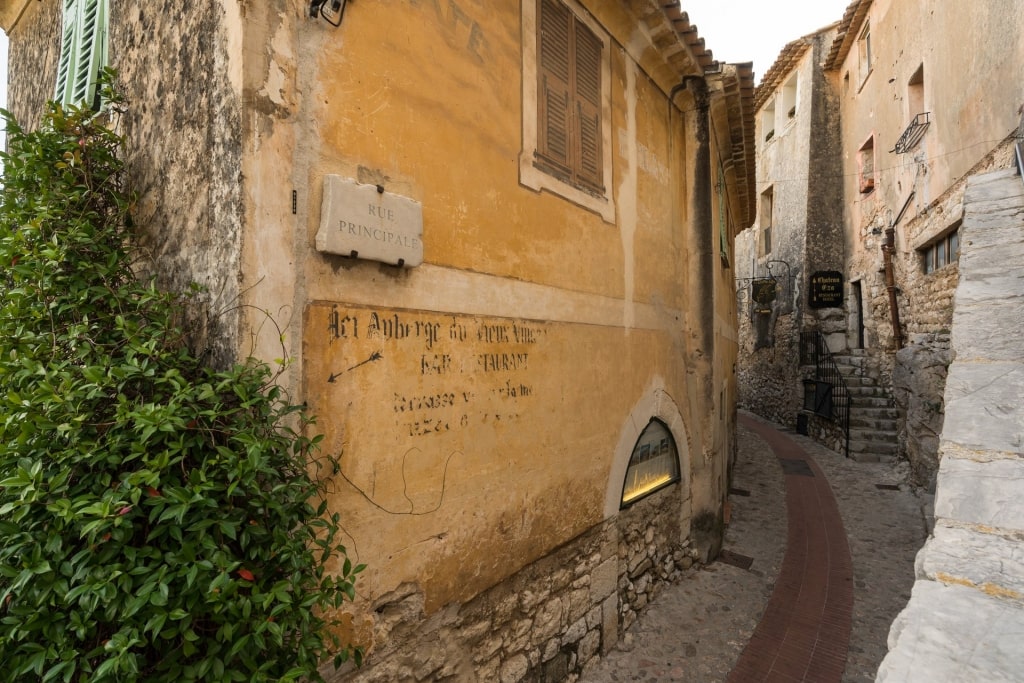
Eze
Walk into a village in France, and there’s something uniquely French in the wear of the old stone buildings, the crunch of the path underfoot, and the scent of the air. For such a large country, the experience of France is something that remains surprisingly homogenous, in spite of the numerous local quirks and subcultures existing throughout its nearly 250,000-square-mile hexagon.
Underscoring this sense of identity is the country’s visual history, which is imprinted on whichever French vista you happen to be passing through—elaborate Roman aqueducts, half-timbered medieval cottages, or the many-paned windows of imposing 19th-century chateaux. When traveling through France, it feels easy to imagine the character of this modern country, where it comes from, and where it’s going.
Read: Summer in France
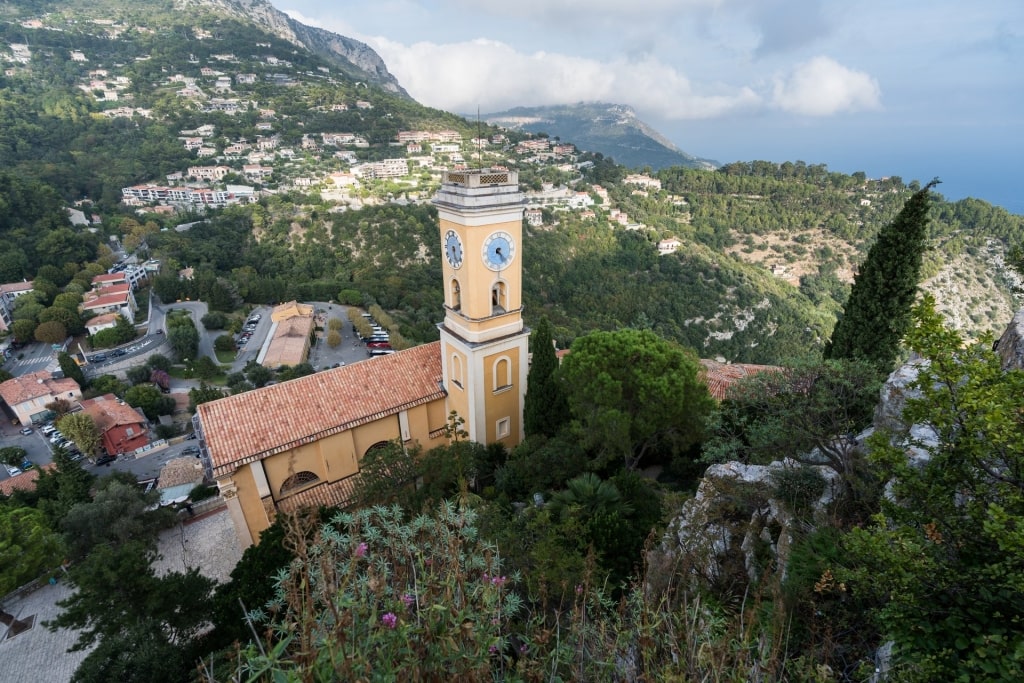
Eze
While journeying through the south, be sure not to miss Arles in the Camargue region. A stop for the history buffs, this timeless town’s highlight is a Roman arena designed in the style of the Colosseum. Schedule in stops at Eze’s dizzyingly-high cafe terraces and Villefranche-sur-Mer’s handsome harbor, brightened by traditional pointu fishing boats.
Read: Best Small Towns in France to Explore
Paris
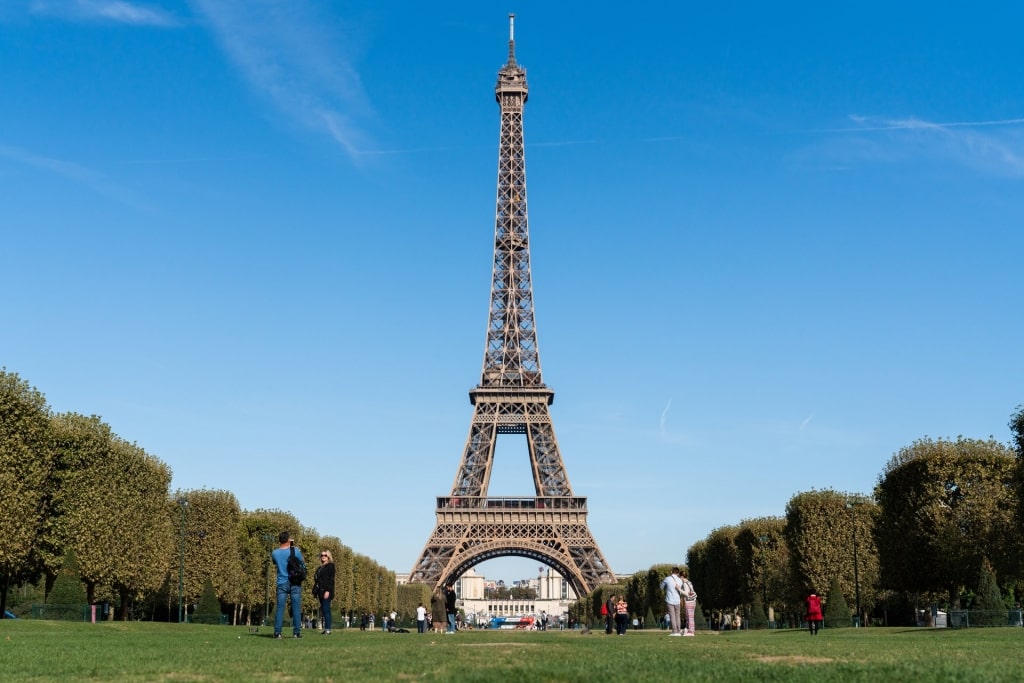
Eiffel Tower, Paris
The City of Light remains one of the world’s most visited destinations—and for good reason. Paris is a vibrant cultural center full of art, architecture, and fabulous restaurants. Its historic city center, with its slate-grey mansard roofs and stately avenues, is a delight to explore on foot.
The epic proportions of the Champs-Élysées encompass a multitude of opportunities to go shopping in France, with everything from Lacoste to Louis Vuitton.
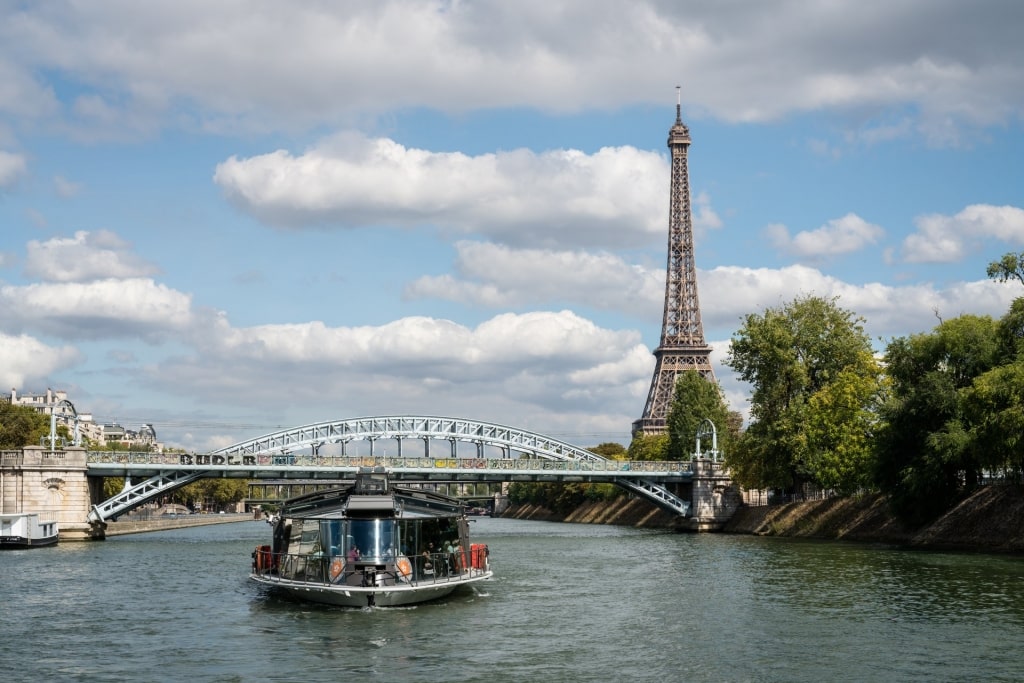
Seine River, Paris
Or just follow the gentle arc of the Seine, the river historically dividing the city into bohemians and aristocrats, although social divisions have mellowed to include a few more shades of social grey. Whatever the season or time of day, a stroll beside its silvery-blue waters throws up magical moments, whether happening across open-air art gallery markets set up on a bridge or spotting French landmarks such as the Eiffel Tower as dusk falls, lighting up like a beacon.
And then there’s the Arc de Triomphe, the grand Notre Dame Cathedral soon to be restored to its original 19th-century glory, and the ostentatious Opéra Garnier. It’s an almost unreasonable amount of splendor for one city—but it’s possible to explore all of these even if you only have one day in Paris.
Read: What Is Paris Famous For?
The French Riviera
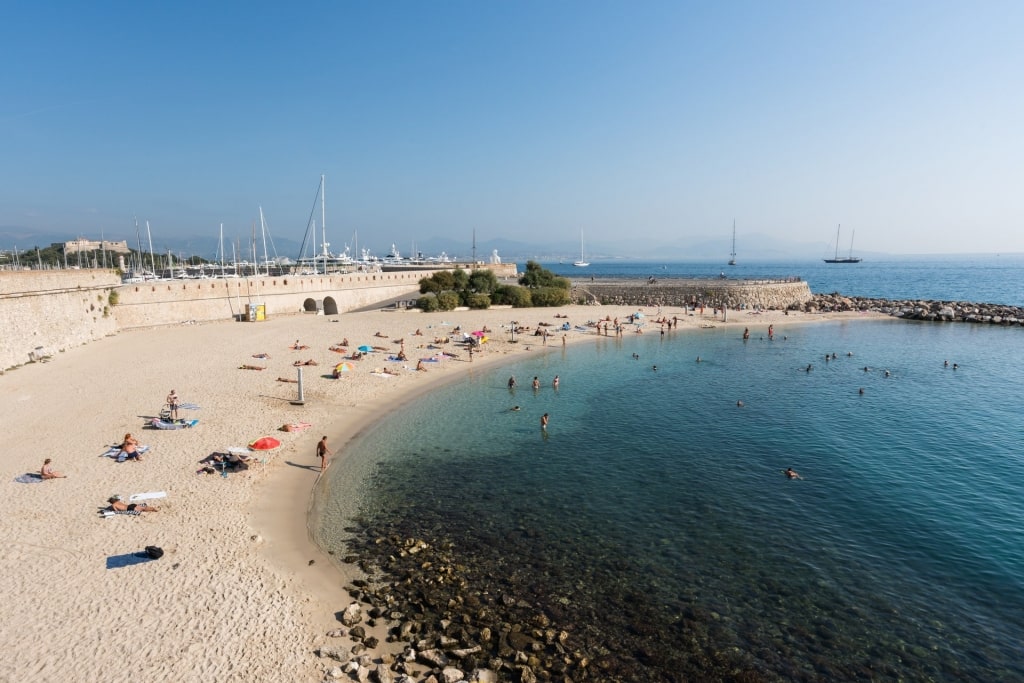
Antibes
Where France sucks in its tummy and dives into the warm waters of the Mediterranean is a dazzling, glamorous stretch of shore known as the Cote d’Azur. It’s home to some of the best beach towns in France.
While its natural attributes of white sand beaches, gentle turquoise breakers, and craggy coast are the key elements of any number of top beach destinations, the French Riviera goes one further with Cannes.
Every May, the great and the good of the film industry gather on the cascading red carpet of the Cannes’ Palais des Festivals et des Congrès for the city’s famous film festival. This annual event, first held in 1946, has supercharged the sense of glamor along the 550 miles of this warm and welcoming coastline.
Read: Unforgettable Things to Do in Cannes
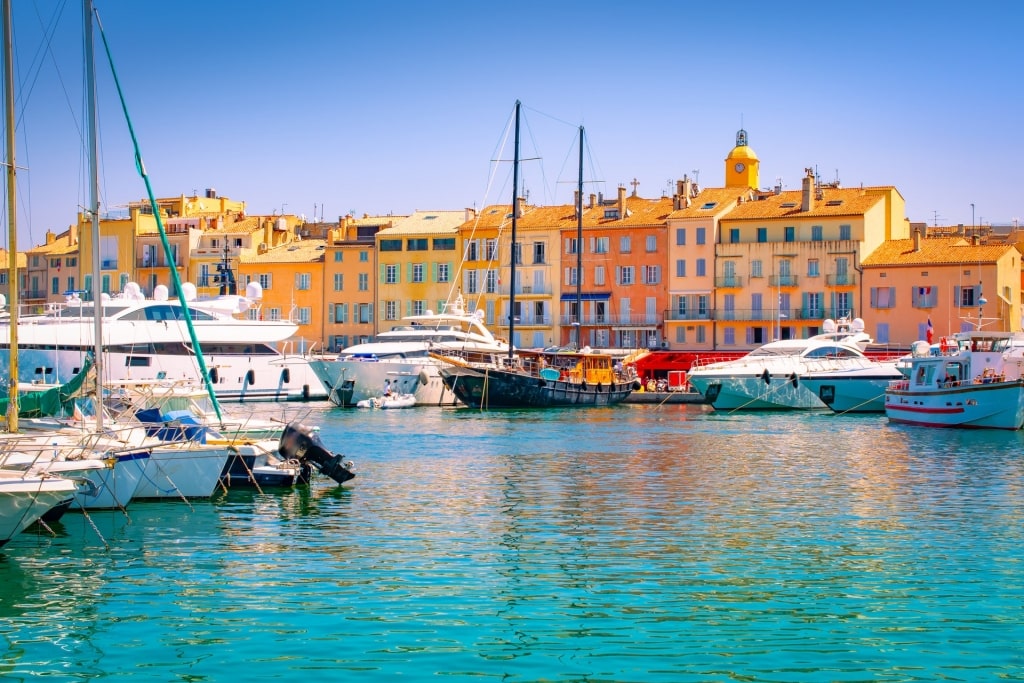
St. Tropez
Besides Cannes, other famed resort towns include Nice and St. Tropez—essentially fishing villages with pastel-colored old towns studded with upmarket boutiques and overflowing flower baskets.
Don’t neglect the larger cities further along the coast such as Port de Sete and Marseilles, which are steeped in charm and history. Marseilles’ history stretches all the way back as far as 600 BC, its connection to the Ancient Greeks visible in the crypt beneath the castle-like Abbey of Saint-Victor.
Read: Extraordinary Castles in France
Culture
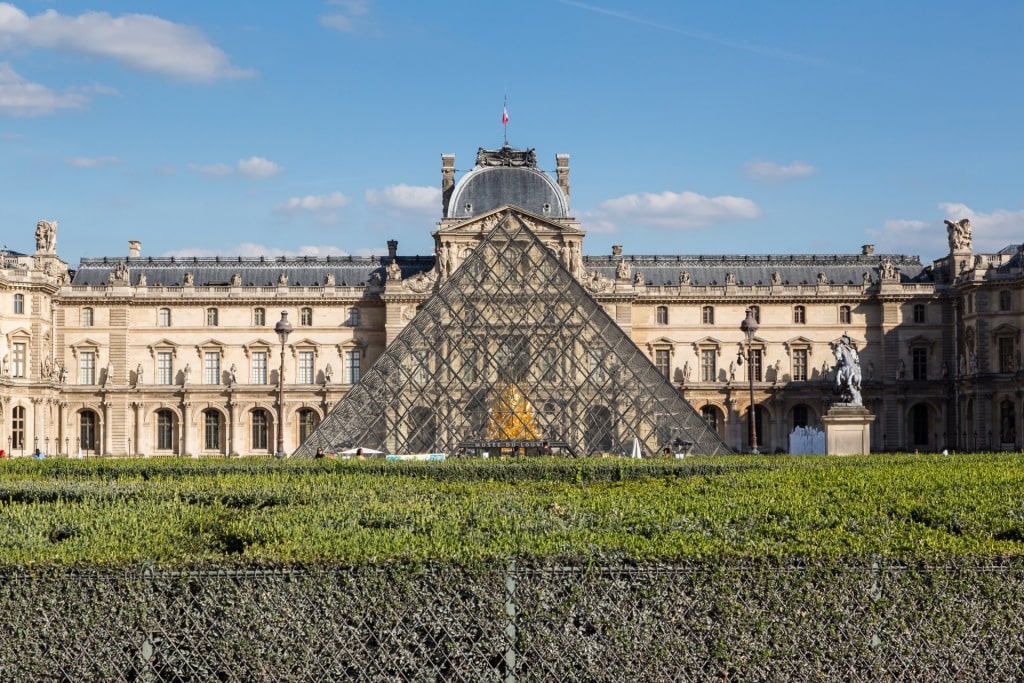
Louvre, Paris
France has an extraordinary cultural heritage. As you’d expect, the richer cities act as the gateways to much of France’s cultural riches.
In Paris, the Louvre, with its instantly recognizable modern glass pyramid enclosed within a classical French courtyard, is the nation’s central repository for its visual arts. The largest museum in the world, the Louvre’s collection numbers nearly 40,000 artifacts. That the building used to be a 12th-century fortress is symbolic of the protectiveness the French often demonstrate towards their cultural attractions and treasures.
Read: Best Museums in the World
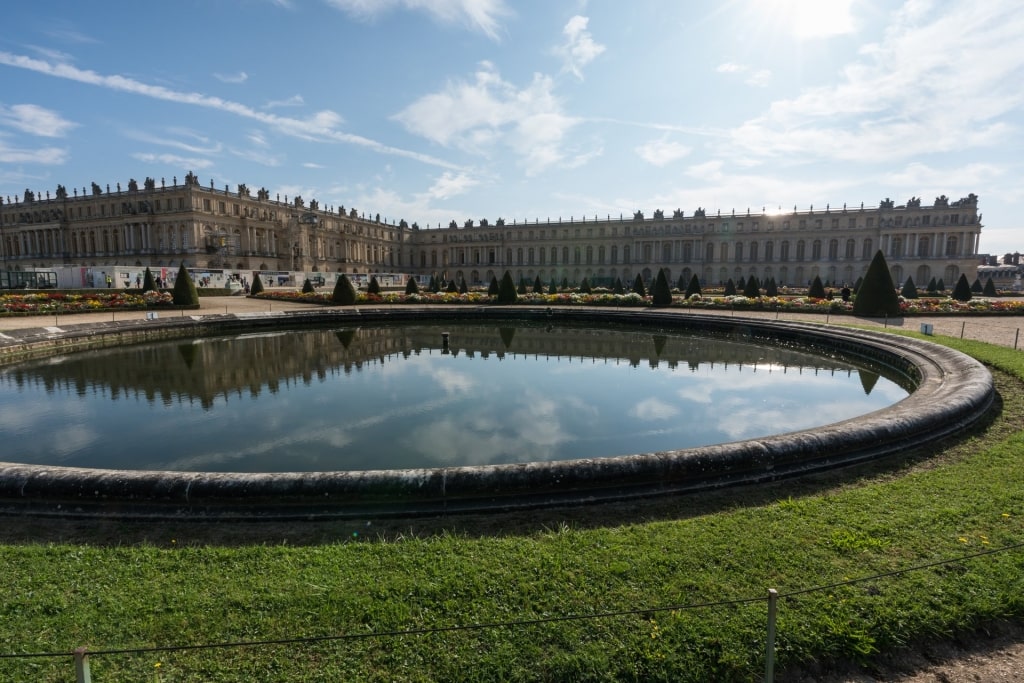
Palace of Versailles, Paris
This protectiveness doesn’t necessarily remain in place during a revolution. Fortunately, the Palace of Versailles—a 45-minute drive from Paris’ city center—is a monument to the grandeur and turbulence of French history. Exploring this UNESCO World Heritage Site—previously the seat of French kings—provides you with exposure to many (often heavily gilded) facets of the local culture: religious, social, and artistic.
Versailles isn’t just a vast and empty relic. The baroque Versailles Cathedral remains an important Catholic holy place for the French, while the Gardens of Versailles are 800 hectares of ostentatious planting and statuary that exist in a perpetual cycle of renewal. Parisians revisit the gardens on day trips, as well as the city of Versailles to browse the many antique shops in its antiquarian district.
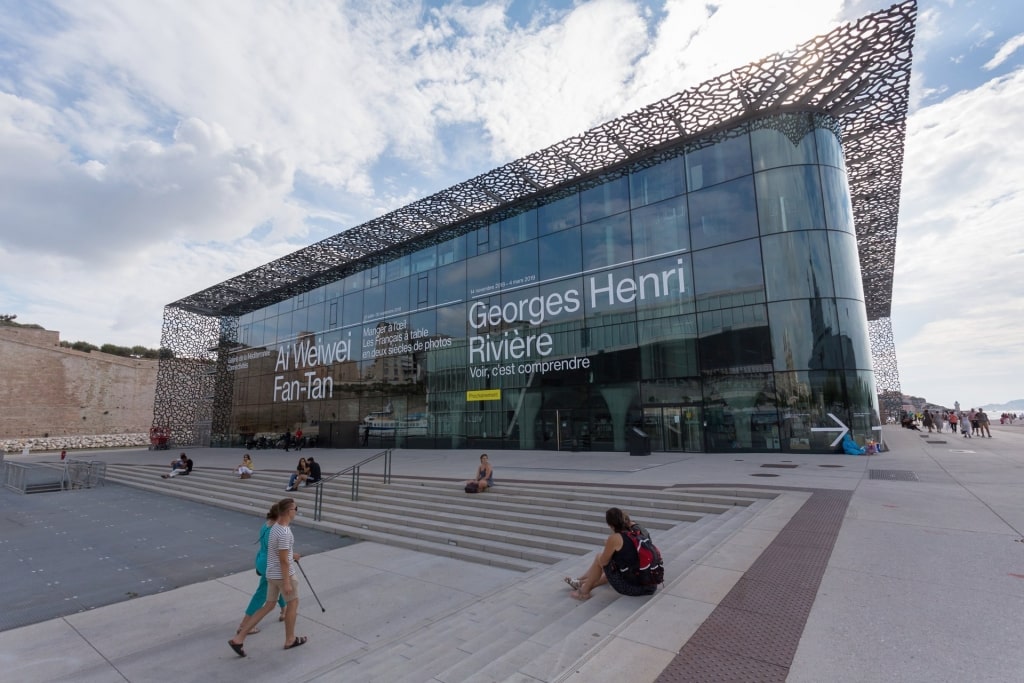
MuCEM, Marseilles
French culture is more than just Paris and its satellites. Marseilles’ MuCEM, a strikingly modern edifice fused with the historic Vieux Port, is a museum-shrine to Mediterranean culture. One of the best museums in France, it weaves a colorful tapestry of the region’s stories through a sophisticated multimedia exhibition.
Read: Unforgettable Things to Do in Marseilles
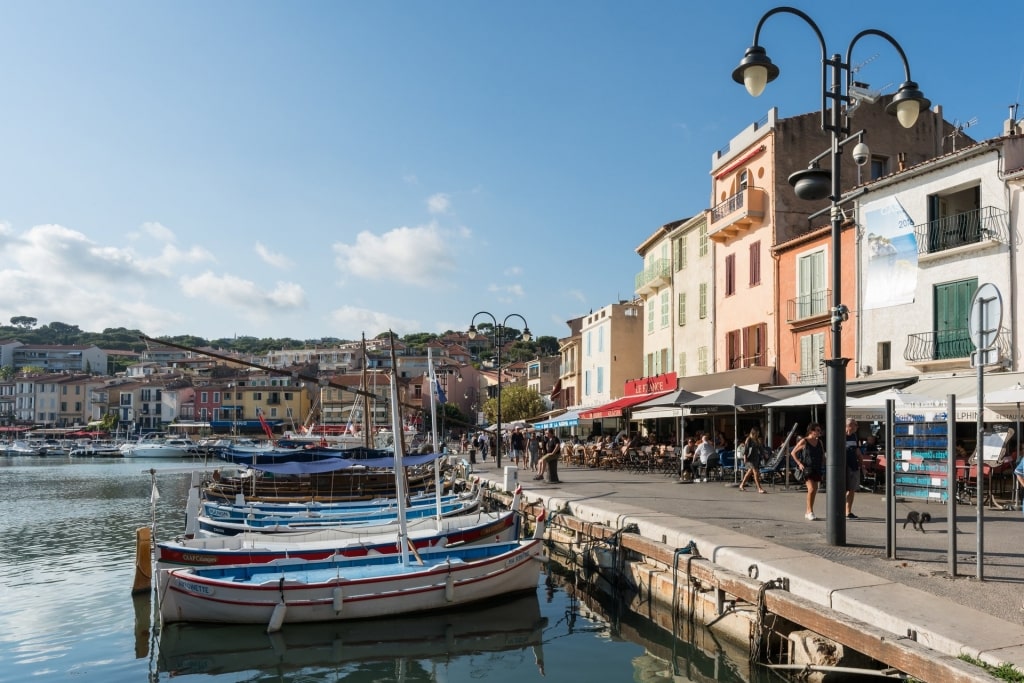
Cassis
And beyond the cities, just walking into a place like Cassis, the ancient fishing port on the south coast, is an open-air cultural immersion all its own. It’s best enjoyed sitting near the port while sipping pastis—essentially refreshing, aniseed-flavored culture in a glass.
Provence
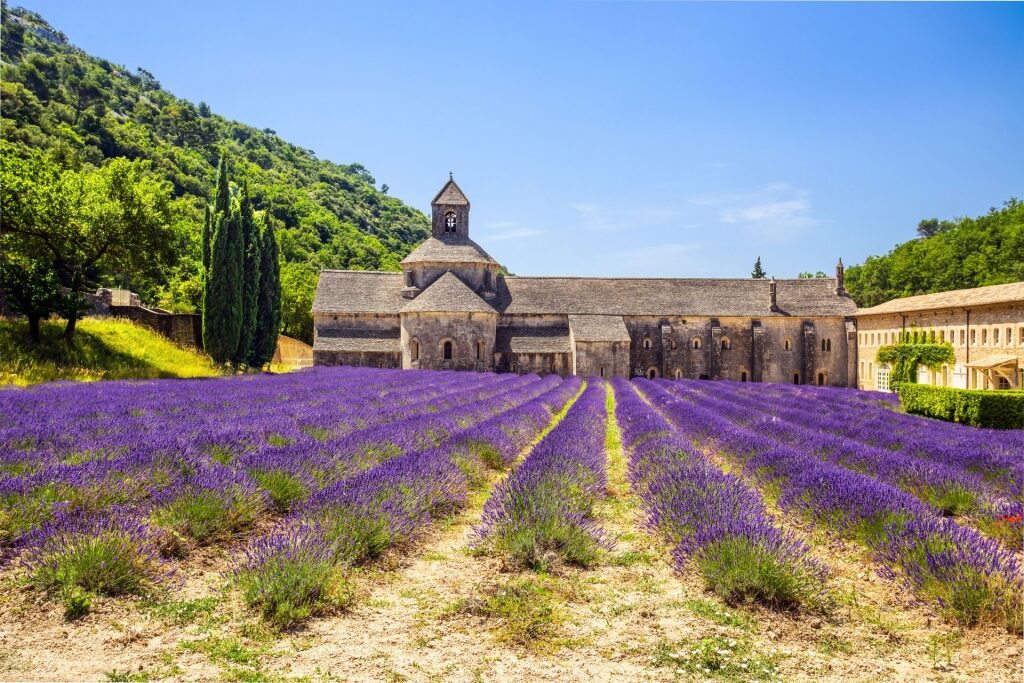
Provence
The luminous violet rows of regimented lavender hummocks are perhaps the most enduring symbol of France’s Provence region (along with a chilled glass of blush pink rosé).
Bordering Italy, Provence offers sun-baked hills beloved by artists, the crystalline waters of the Cote D’Azur, as well as majestic alpine terrain. While Marseilles, the region’s largest city, is recognized as the administrative capital of Provence, it’s the elegant streets of 15th-century Aix-en-Provence—the region’s former capital—that best represents the idealized version of this charming, idiosyncratic corner of France.
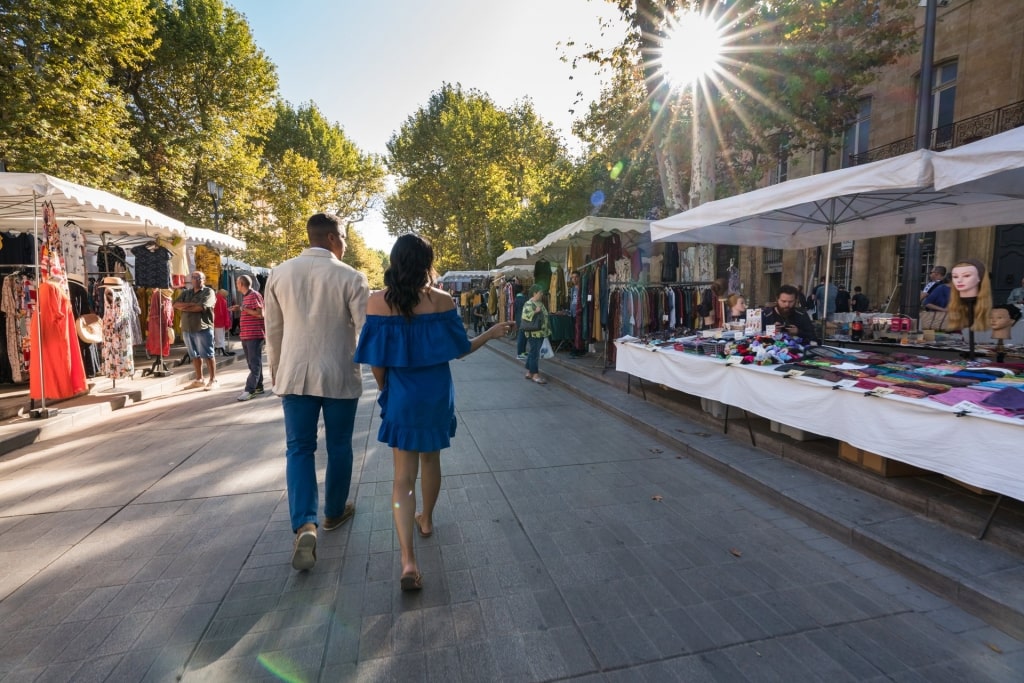
Cours Mirabeau, Aix-en-Provence
The former home of post-impressionist painter Paul Cézanne, Aix has long been one of France’s fortresses of intellectualism and high culture. Its central avenue, Cours Mirabeau, is the genteel center of life in this serenely grandiose university town.
Find a seat and try Provencal food on one of the bistro terraces and watch the warm afternoon unwind beneath the towering plane trees. If it’s market day, delve into the stalls for a sensory tour of this varied and complex region. If Provence were a scent, it’d be a haze of resinous pine, buttery jasmine, and, of course, fragrant lavender.
Read: Majestic Walled Cities in France to Explore
D-Day Landings
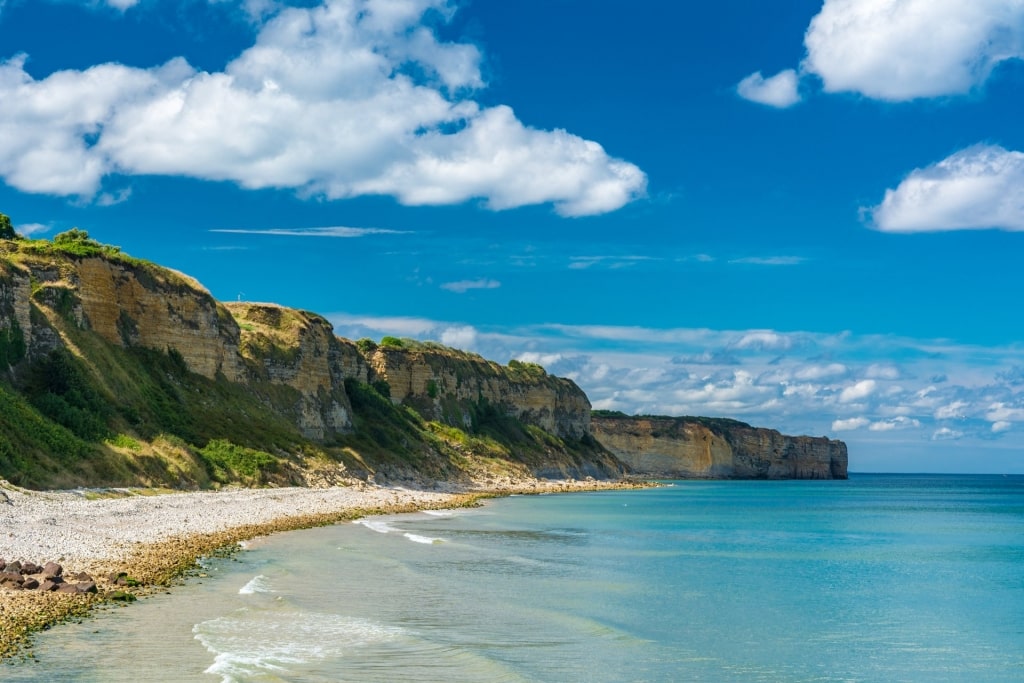
Omaha Beach, Normandy
Coastal Normandy, the ruggedly handsome region of France that many Parisians swap their overheating apartments for in August, is also famous as the site of the D-Day Landings in 1944.
Still regarded as the most complex military operation of all time, the invasion saw the simultaneous landing of the Allied forces across five beachheads. The mission paved the way for the end of the Second World War and the defeat of Nazi Germany.
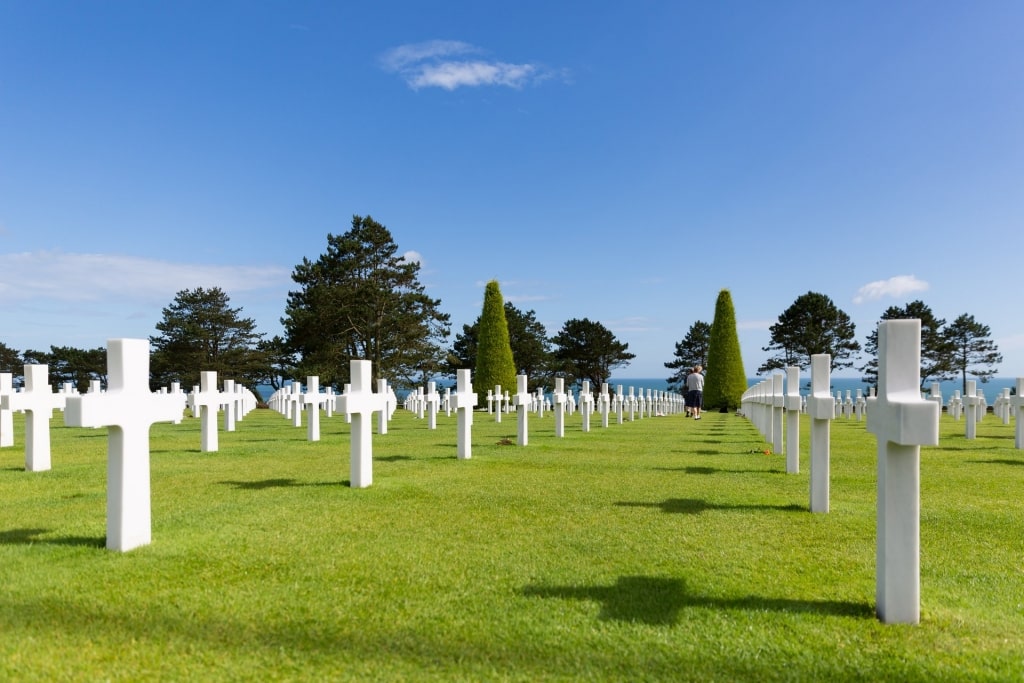
American Cemetery, Normandy
Visitors to Omaha Beach, the site of the Allies’ greatest losses on that day, will find the Les Braves sculptures on the beach itself, with the superb Omaha Beach Memorial Museum and the American Cemetery with its poignant field of white crosses also nearby.
Ancient Waterways
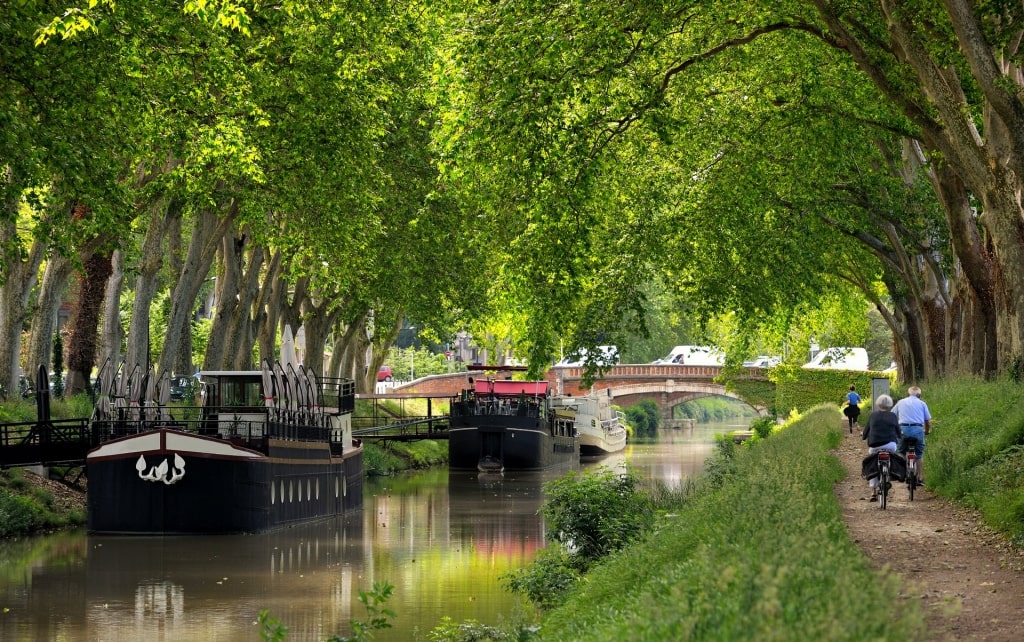
Canal du Midi
The French canal system is a network of nearly 100 canals that run for over 2,700 miles which connect the country’s river systems. It’s top-heavy in design: the northern half of the network is the more extensive, threading through Paris before branching off into Germany and Belgium. The south, while relatively underdeveloped from a canal perspective, has the iconic Canal du Midi.
A UNESCO World Heritage Site for all of its 150-mile length, the Canal du Midi was considered one of France’s greatest engineering feats in the 17th century. Its construction, linking the Garonne River with the Bassin de Thau in the south, made a passage from the Atlantic to the Mediterranean a reality. Its route cuts through the Languedoc wine region, historic Toulouse, and close to numerous sites of historic interest, including Carcassonne.
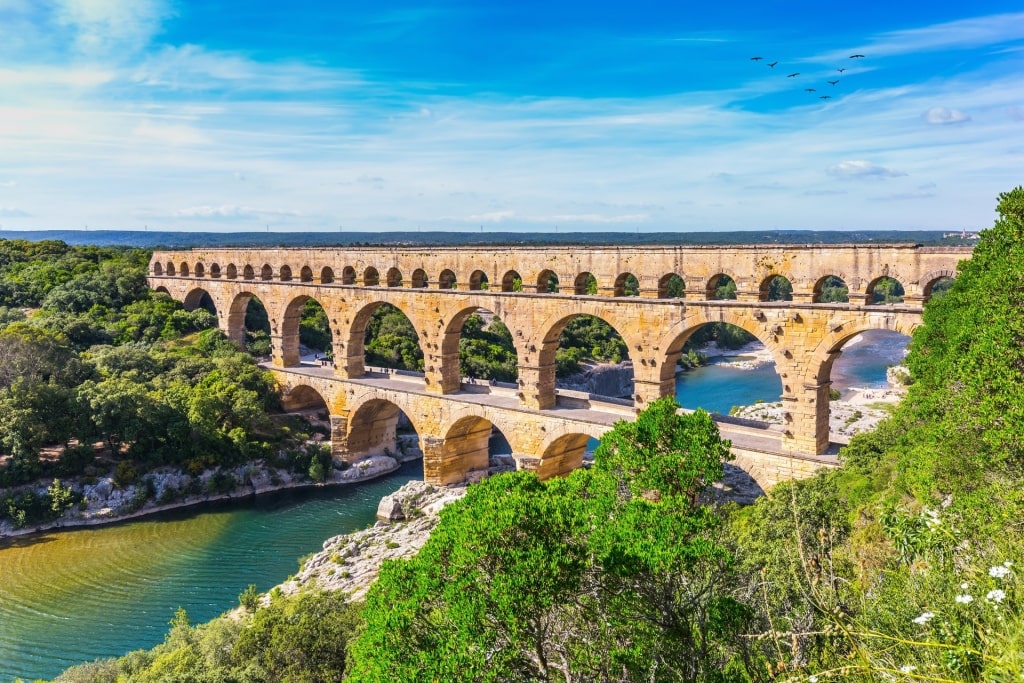
Pont du Gard
Another emblematic and UNESCO-listed waterway of France is the ancient Pont du Gard. This three-tiered Roman aqueduct is one of the country’s most visited ancient monuments. It elegantly hurdles the River Gardon, near Nîmes, its ochre stone arches one of the world’s supreme unions of form and function.
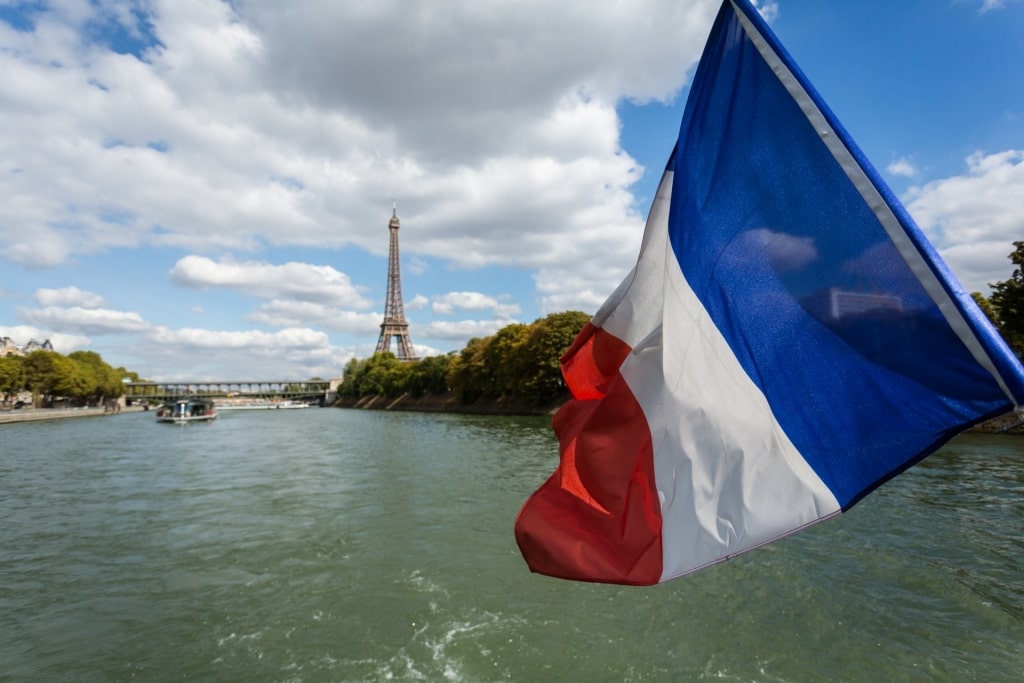
Seine River, Paris
Experience the rich and complex culture of France on a cruise to the country’s historic ports and picturesque coastal regions. Browse our France cruise itineraries online and book your next vacation today.
